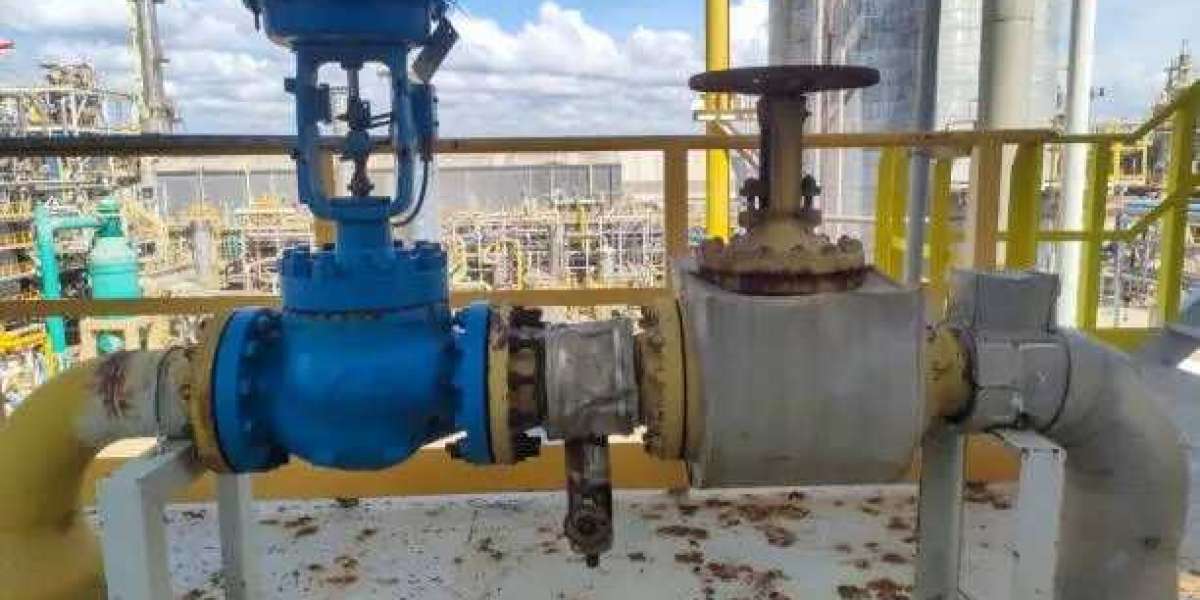Introduction
China Control valves are vital components in industrial systems, responsible for regulating the flow of liquids, gases, or other media. By adjusting flow rate and pressure, these valves play a key role in maintaining process efficiency, safety, and performance. One often-overlooked but crucial aspect of valve design is the flow direction—the way in which fluid enters and exits the valve. This factor significantly affects the valve’s behavior, durability, and application suitability.
This article explores the two primary flow direction configurations for control valves: Flow to Open (FTO) and Flow to Close (FTC). We will examine how each influences valve performance, longevity, flow capacity, and selection criteria—equipping engineers and operators with the knowledge to choose the optimal configuration for their systems.
Types of Control Valve Flow Direction
Control valves operate in one of two configurations, each defined by how fluid pressure interacts with the valve plug and seat:
1. Flow to Open (FTO)
In an FTO setup, the pressure of the fluid assists in lifting the valve plug away from the seat, helping to open the valve. This configuration is ideal for applications where the valve typically remains open under normal conditions. FTO valves are particularly suited for high-pressure systems, where flow support can reduce strain on internal components, resulting in less wear and extended service life.
2. Flow to Close (FTC)
In an FTC configuration, the fluid flow pushes the valve plug toward the seat, aiding in closure. This design is commonly used where valves are expected to remain closed or require tight shut-off. It’s especially effective in high-pressure scenarios that demand leak prevention, as the flow direction reinforces sealing integrity.
Impact of Flow Direction on Valve Performance and Longevity
1. Wear and Tear
The extent of wear on valve components is heavily influenced by flow direction and pressure dynamics.
FTO Valves: Experience reduced mechanical wear, as the flow supports plug movement. This is advantageous in continuous-flow environments like water treatment or large HVAC systems, where the valve remains open for long periods.
FTC Valves: Subject to increased wear, particularly on the seat and plug, since the medium exerts force that opposes plug movement. In high-pressure environments, this can lead to more frequent maintenance or component replacement.
2. Sealing Efficiency
A valve's ability to form a tight seal is critical, especially in safety-sensitive applications.
FTO Valves: May exhibit slight leakage when closed, making them less suitable for applications that require absolute shut-off.
FTC Valves: Provide superior sealing, as the flow direction assists plug-to-seat contact, enhancing closure under pressure. This makes them ideal for chemical, gas, and hazardous fluid systems.
3. Maintenance Demands
Maintenance requirements are closely tied to flow direction due to differences in component stress and wear.
FTO Valves: Tend to require less frequent maintenance, thanks to their reduced wear profile, making them ideal for applications prioritizing operational uptime.
FTC Valves: Often need more regular inspection and servicing due to the higher stresses on sealing elements, especially in high-flow or high-pressure conditions.
Flow Capacity Comparison: FTO vs. FTC
Flow capacity, or the valve’s ability to pass fluid with minimal resistance, is another critical factor influenced by flow direction.
FTO Valves: Generally support higher flow capacities. The flow assists in opening the valve, reducing resistance and promoting smoother operation. They are well-suited to large-scale systems requiring substantial fluid movement.
FTC Valves: Typically offer lower flow capacity, as the medium pushes against the plug during opening. These valves are preferred in precision control environments where flow volume is less critical than control accuracy and sealing.
Choosing Between Flow to Open and Flow to Close
When selecting a control valve, consider the following criteria:
Application Requirements
FTO: Best for processes where the valve is predominantly open and large flow rates are necessary—such as cooling water systems or industrial processing lines.
FTC: Preferred in systems where tight shut-off and flow accuracy are essential, including oil and gas, steam, or chemical dosing lines.
Operating Conditions
FTO: Recommended for high-flow and high-pressure conditions, where flow assistance reduces internal wear.
FTC: More suitable for medium-pressure systems with strict leakage control requirements.
Maintenance and Lifecycle Considerations
FTO: Offers extended service life and lower maintenance, ideal for facilities with limited downtime windows.
FTC: Requires more upkeep but ensures superior sealing and precision in flow regulation.
Cost Factors
FTO: May involve higher initial costs but can yield long-term savings through reduced maintenance and longer lifespan.
FTC: Often more cost-effective upfront, but may involve higher ongoing maintenance costs depending on the application.
Conclusion
The direction of fluid flow through a control valve—whether Flow to Open (FTO) or Flow to Close (FTC)—has profound effects on its operation, durability, and performance in various applications. Understanding these differences allows engineers and plant operators to make informed, strategic decisions that balance performance needs with maintenance and cost considerations.
In summary:
Choose FTO for high-flow applications where the valve remains open and durability is a priority.
Opt for FTC when precision control and sealing integrity are critical, especially in high-risk or high-pressure environments.
Selecting the correct flow direction enhances operational efficiency, reduces lifecycle costs, and ensures the long-term reliability of your control systems.Know more about Google SEO Directory



